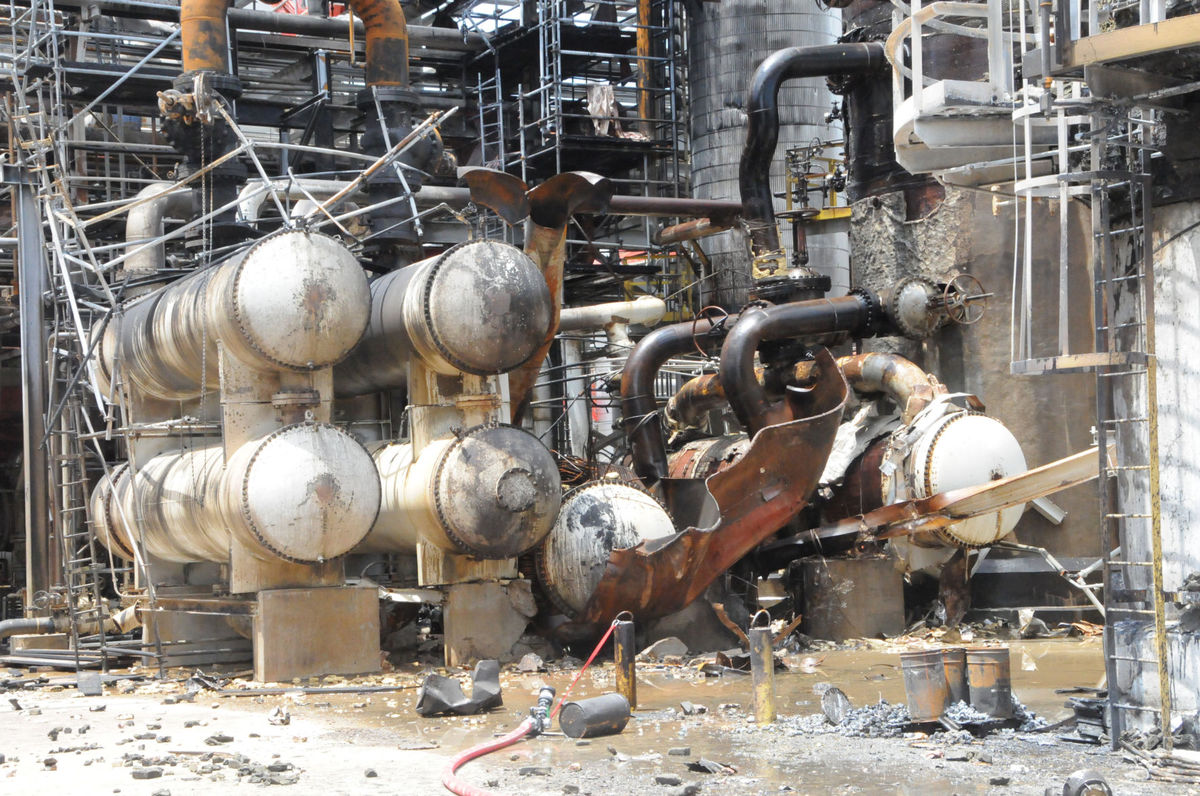- Russian Dam Disaster: Assessing the Cost of Failed Safety Practices
- Analyzing the Human Element of the Russia Dam Disaster
- Turbine 2: How a Track Record of Uncertainty Led to Disaster
- Russian Dam Disaster: A Reckoning for Bypassed Safety
- When Running People Past Their Breaking Point Effects Safety: The Bayer Crop Science Incid…
INCIDENT
Williams Olefins Incident: The Day Multiple Safety Errors Led to a Major Chemical Plant Blast
Part 3: Identification of potential hazards
When the new valves were integrated into the existing system, the company underwent a management of change (MOC) process, which should have led to a more involved Process Hazard Analysis (PHA). If the PHA was conducted by a qualified safety professional, he or she could have identified the hazard, which led to the deadly June 13, 2013 equipment rupture, explosion and fire.
Thirteen years earlier, Williams Olefins management approved a $270,000 investment to install valves on the process side and quench water side of six of the quench water heat exchangers, including the propylene fractionator’s Reboiler A and Reboiler B. In 2001, Williams Olefins installed the valves.
Learn how safety system designers are choosing the level of integration appropriate for the specific application and control philosophy.


